Buying a car is an exciting milestone. Most of us focus on the make, model, colour, engine capacity, and top features. But among all the excitement, very few pay attention to the critical vehicle identifiers — the chassis number, VIN (Vehicle Identification Number), and engine number.
If you’re wondering how to find chassis number, VIN, & engine number, this detailed guide will help you understand their meaning, location, and importance in vehicle registration, insurance, and maintenance. Let’s break it down step-by-step.
What Do VIN, Chassis Number, and Engine Number Mean?
Your vehicle carries three very specific identification codes: the VIN number, chassis number, and engine number. Each has a unique role in identifying your vehicle.
|
Vehicle Identifier |
Meaning |
Example |
Use |
|
VIN (Vehicle Identification Number) |
A 17-character alphanumeric code assigned by the manufacturer that uniquely identifies the vehicle. |
MA3EYD32S007004AN |
Used for legal identification, service history, and theft tracking |
|
Chassis Number |
The last six characters of the VIN, representing the vehicle frame or body shell. |
7004AN |
Used for registration, part matching, and RTO records |
|
Engine Number |
A factory-stamped serial number on your car’s engine block. |
E13A1234567 |
Helps during maintenance, warranty, or engine replacement checks |
These numbers form your vehicle’s digital and physical ID — crucial for ownership, verification, and repairs.
Why You Should Find Chassis Number, VIN, & Engine Number
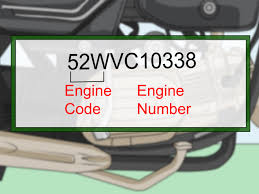
Knowing how to find chassis number, VIN, & engine number is essential because they connect your vehicle to its official records. Here’s why they matter:
- Required for RTO registration and renewal.
- Needed for car insurance and claim processing.
- Useful for buying or selling used cars.
- Vital during vehicle part replacement or warranty claims.
- Acts as proof in case of theft, fraud, or ownership disputes.
- Helps you check vehicle history by VIN before purchasing a second-hand car.
Understanding the VIN Number Structure
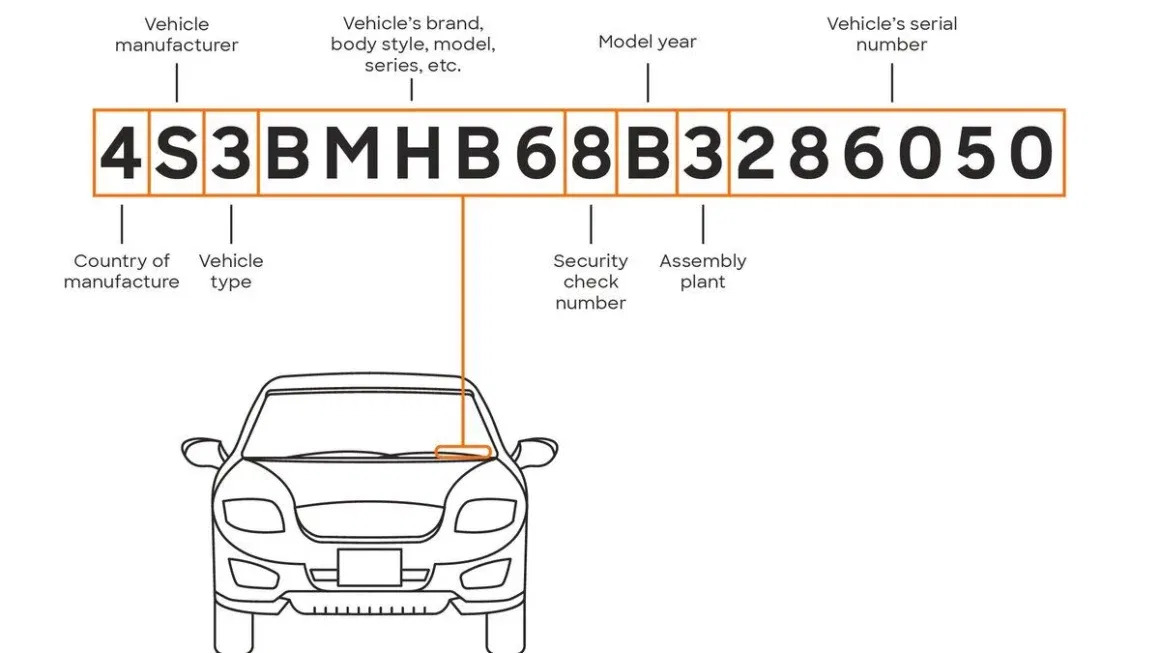
The VIN number is like your vehicle’s fingerprint — no two are the same. Let’s break down the pattern.
|
VIN Digit(s) |
Represents |
Example |
|
1st |
Country of manufacture |
M = India |
|
2nd–3rd |
Manufacturer code |
A3 = Maruti Suzuki |
|
4th–8th |
Model, engine, body, restraint type |
EYD32 |
|
9th |
Security check digit |
S |
|
10th |
Year of manufacture |
0 = 2020 |
|
11th |
Plant code |
7 |
|
12th–17th |
Chassis number / serial code |
7004AN |
This helps you decode VIN number details such as manufacturing location, model year, and build type using a VIN number lookup tool.
Difference Between VIN and Chassis Number
|
Parameter |
VIN Number |
Chassis Number |
|
Length |
17 characters |
Last 6 characters of VIN |
|
Use |
Identifies complete vehicle details |
Refers to the body/frame only |
|
Primary Use |
Insurance, vehicle history, verification |
Registration, manufacturing reference |
|
Stored On |
Documents and various car parts |
Stamped on the frame of the vehicle |
Both are directly connected, but when you find chassis number, VIN, & engine number, you’ll notice each serves a specific purpose.
Where to Find VIN Number on Your Car
If you’re wondering where to find VIN number, check these common locations:
Physical Locations
- Driver-side door frame (B-pillar): On a metal/sticker plate.
- Dashboard corner: Near the windshield on the driver’s side.
- Under the hood: Next to or above the engine block.
- In the boot area: Beneath the spare tyre.
- On the front grille or rear wheel arch: In some vehicles.
Document Sources
- Registration Certificate (RC): Provided by RTO at purchase.
- Insurance Policy Document: Often included in the policy copy.
- Owner’s Manual: Contains both VIN and engine number.
- Dealer Invoice: Lists the VIN and chassis details from the factory.
You can use any of these methods to find chassis number, VIN, & engine number without physically checking the vehicle.
Where to Find the Engine Number Location
The engine number location varies slightly depending on the car make and model.
- On the engine block: Usually stamped on the metal surface.
- In the RC document: Printed next to the VIN.
- In your insurance papers: Found in the “vehicle details” section.
- Dealer or service centre records: Always available upon request.
If you cannot see the number clearly, refer to your owner’s manual or ask your service technician to show you its exact spot.
How to Find Chassis Number Online in India
You can also find chassis number, VIN, & engine number online using the Government’s official VAHAN website. Follow these steps:
- Go to Parivahan.gov.in and open VAHAN NR e-Services.
- Click on “Know Your Vehicle Details.”
- Login or create an account using your mobile number or email.
- Enter your vehicle registration number and captcha code.
- Select Search Vehicle.
You’ll instantly see your:
- Registration number
- VIN and chassis number
- Engine number
- Owner name
- Fuel type
- Model and brand details
This is the most trusted way to confirm vehicle identity if you lost the documents.
How to Check Vehicle History by VIN
A VIN number lookup is not just about identifying your vehicle — it reveals its entire background. Use a VIN decoder or history service to learn about:
- Accident history or damage reports
- Number of previous owners
- Service or maintenance timeline
- Odometer tampering record
- Theft or flood damage reports
Before purchasing a used car, always run a check vehicle history by VIN to ensure you’re paying the right price for an authentic vehicle.
Legal and Insurance Role of These Identifiers
Your vehicle identification number (VIN), chassis code, and engine serial number are the backbone of your official vehicle documents.
Their presence ensures:
- Legal ownership authentication.
- Accurate record-keeping for insurance.
- Transparent processing for claims or theft reports.
- Quick part replacement using the correct chassis code and motor number.
Every type of insurance policy — whether third-party or comprehensive — includes these details. So, when buying car insurance, always cross-check the VIN number and engine number on your policy and RC.
Four-Wheeler Insurance & Vehicle Identification
Your car’s insurance documents often hold the easiest clue to finding all these details—VIN, chassis number, and engine number.
Most insurers like Tata AIG, ICICI Lombard, HDFC ERGO, and more automatically populate them in your e-policy.
Why It Matters
- You can instantly verify details from one document.
- Insurance companies use these numbers to track claims.
- During an inspection, it confirms the authenticity of the insured vehicle.
Having these details handy ensures a smooth claim process and helps in avoiding legal hassles.
Pro Tips for Accurate Vehicle Identification
- Take clear photos of your VIN and chassis plate.
- Cross-check all documents for number consistency.
- Avoid vehicles with erased or altered VIN plates.
- Use VIN number lookup tools before finalizing a used car deal.
- Keep your VIN and engine number noted for emergencies.
Final Thoughts
Your car’s true identity isn’t in its looks or performance — it’s hidden in those small yet mighty codes. Whether you’re insuring, servicing, or buying a used car, knowing how to find chassis number, VIN, & engine number can save you from fraud, legal trouble, and costly mistakes.
These identifiers also help you check vehicle history by VIN, order correct parts, and maintain accurate insurance records.
Read Also This |
|
|---|---|
|
Understanding the GST Impact on Bike Insurance in India 2025 |
|
|
Own Damage Insurance Coverage: Complete Guide for Car Owners |
|
|
Nissan Magnite CNG with AMT Transmission Launched in India
|
|
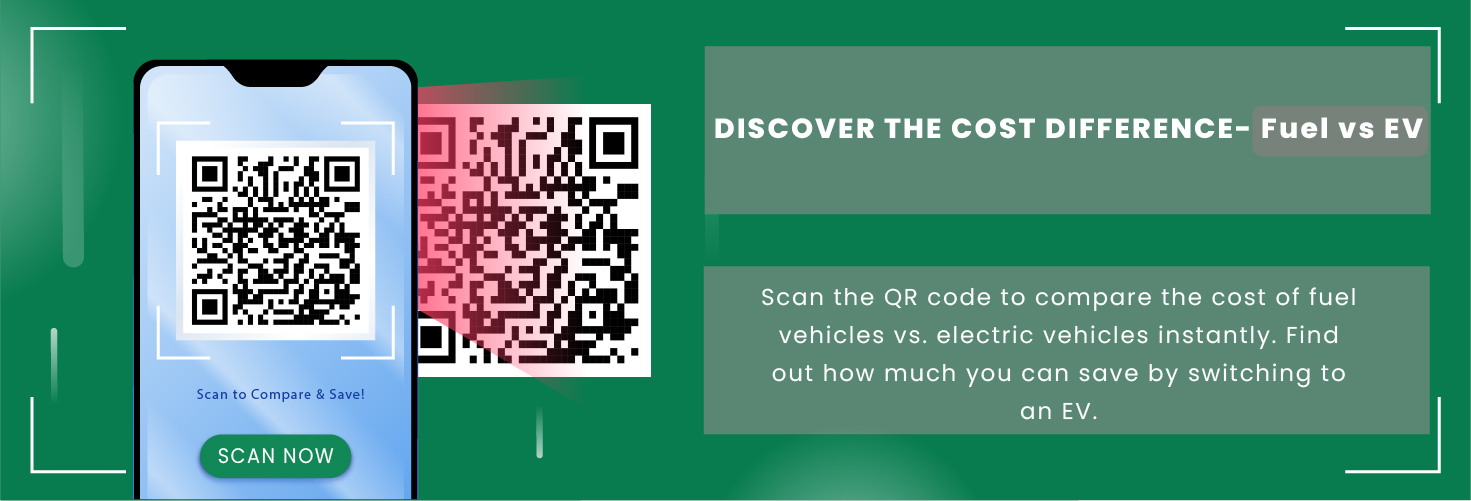

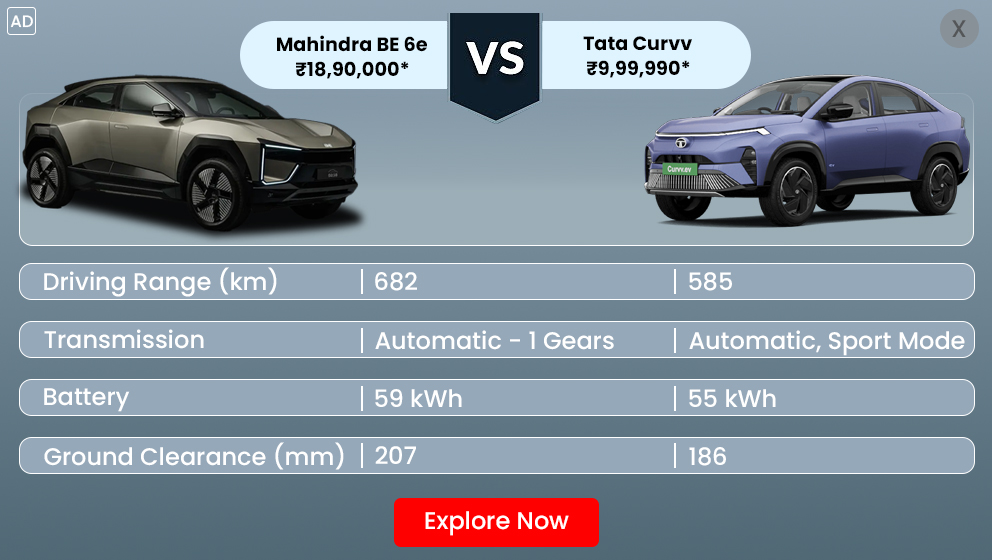

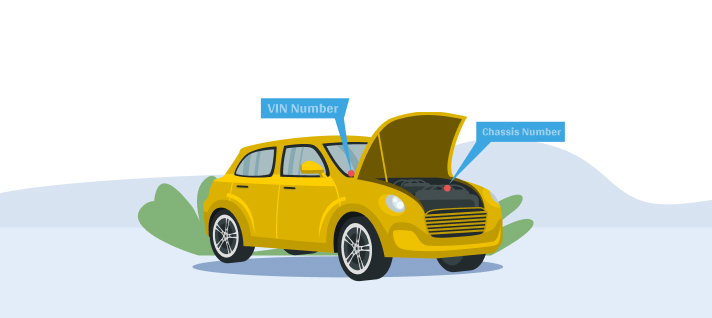

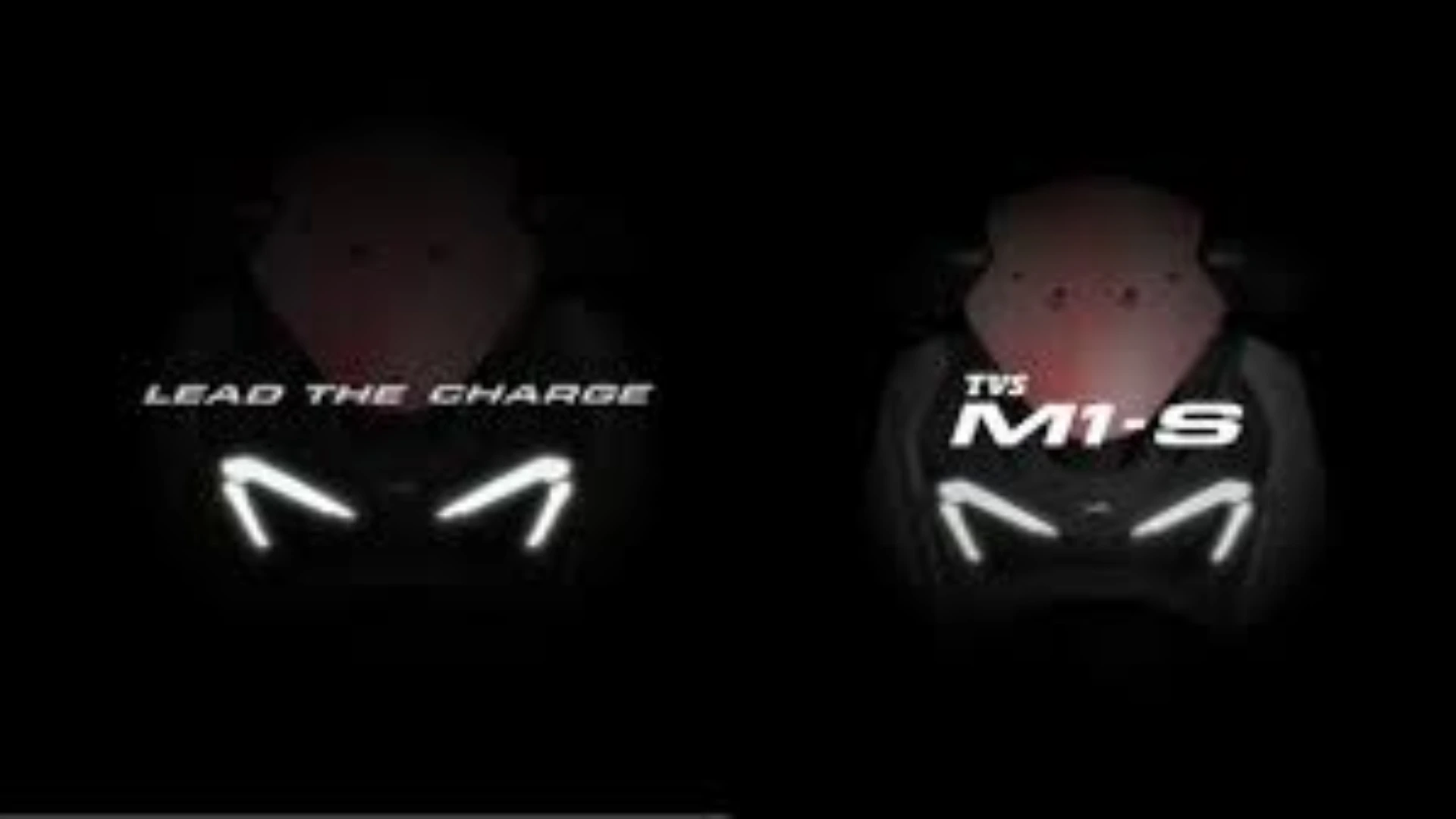
_1766570474.webp)

_1766557873.webp)
_1766486282.webp)